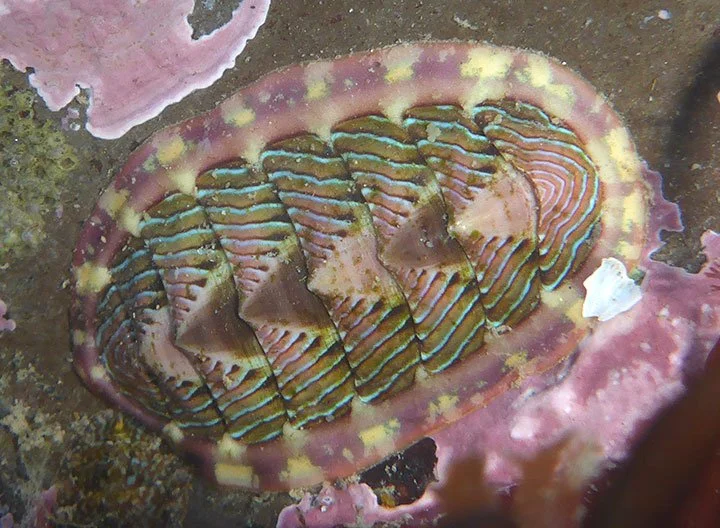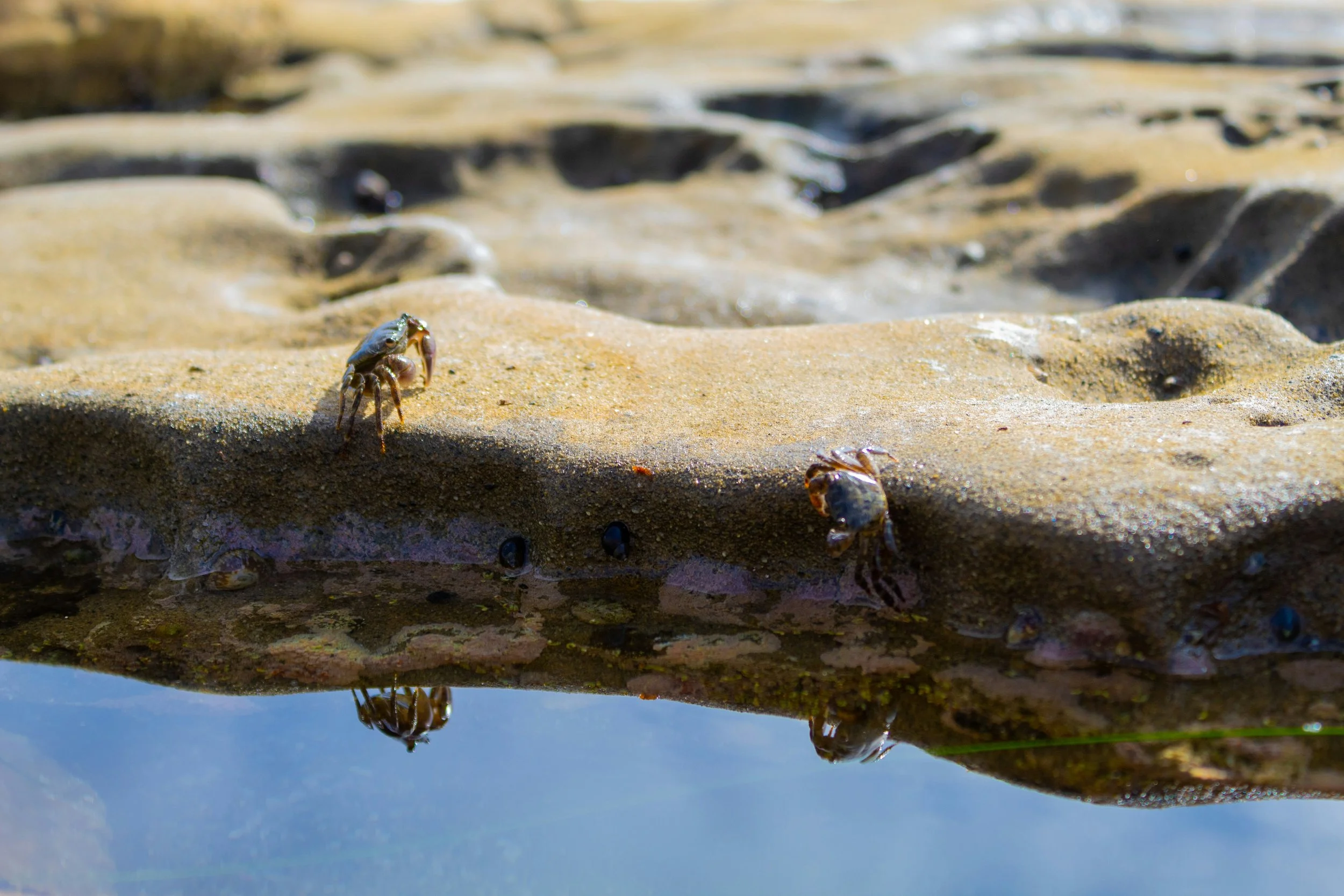Tidepool Treasures of the Bay Area
/Tidepools in the Bay Area are a fantastic way to explore the unique marine life along California's coastline. You'll be amazed at how many little creatures you can find once you start looking closely. It's like stepping into another world.
Here are some popular spots where you can find vibrant tidepools:
Muir Beach
Muir Beach tidepools, located just north of San Francisco in Marin County, offer a fascinating glimpse into coastal marine life. During low tide, visitors can explore rocky pools teeming with sea stars, anemones, crabs and mussels. Nestled within the Golden Gate National Recreation Area, the tidepools are a peaceful spot for nature lovers and a great destination for families, hikers and curious explorers.
Location: Marin County, near Muir Woods
Accessibility: Muir Beach is easy to get to and you don’t have to hike far to reach the tidepools.
Highlights: Muir Beach has a rocky shoreline that’s perfect for exploring tidepools at low tide. You can find all kinds of marine life, including crabs, snails and sea stars.
Extra Info: If you're interested in hiking as well, there’s a trail that leads to a great view of the beach and the nearby Muir Woods is a beautiful place to explore.
Point Reyes National Seashore
If you want variety and the option to explore different tidepool areas (plus maybe spot seals or otters), Point Reyes is incredible. It’s a bit of a drive, but the landscapes are stunning and you'll get a more diverse experience.
Location: Marin County
Accessibility: While it’s a bit farther out (roughly a 1.5–2 hour drive from San Francisco), the variety and beauty of the area more than make up for it. Plus, there are multiple tidepooling spots.
Highlights: With numerous beaches like Drakes Beach and Limantour Beach, Point Reyes offers several tidepool areas. The variety of species you’ll encounter is vast, from anemones to small fish. It’s also a great place to spot sea otters and seals.
Extra Info: If you go to Point Reyes, make sure to check out the nearby Point Reyes Lighthouse or the Tomales Bay area if you’re up for more exploring.
Tips for Tidepooling
When tidepooling, head out during low tide for the best chance to see marine life like sea stars, crabs and anemones. Wear sturdy, non-slip shoes to navigate the slippery, rocky terrain safely. Step carefully to avoid harming delicate creatures and never remove animals from their pools. Bring a small guidebook or app to help identify what you find and always check local tide charts before heading out. Respect the environment—look, don’t touch and leave everything as you found it.
Low Tide: Check tide charts for low tide times, as that’s when tidepools are most accessible and the marine life is exposed.
Go Slowly: Avoid disturbing creatures by moving gently and not stepping on the pools.
Leave No Trace: Respect the ecosystem by not collecting or touching too much—leave things as you found them.
Dress for the Occasion: The rocks can be slippery and the water chilly, so bring layers, appropriate waterproof shoes and maybe a towel for after you’re done exploring.
Go Early or Late: If you want to avoid crowds, try going either early in the morning or later in the afternoon. The earlier, the better, since you’ll often find more marine life when it’s quiet.
Bring a Tide Chart: Knowing exactly when the tide is at its lowest can make a huge difference. There are free apps or websites like Tide Alert or NOAA that will give you the local tide schedule.
Pack a Small Field Guide: A tidepool field guide or a marine life identification app can help you figure out what you're seeing, which is always fun. Or you can snap pictures and look up creatures later!
Respect the Wildlife: It's tempting to touch everything, but be gentle—some of the animals can get injured if handled too roughly. It's best to observe and enjoy them in their natural environment.


















